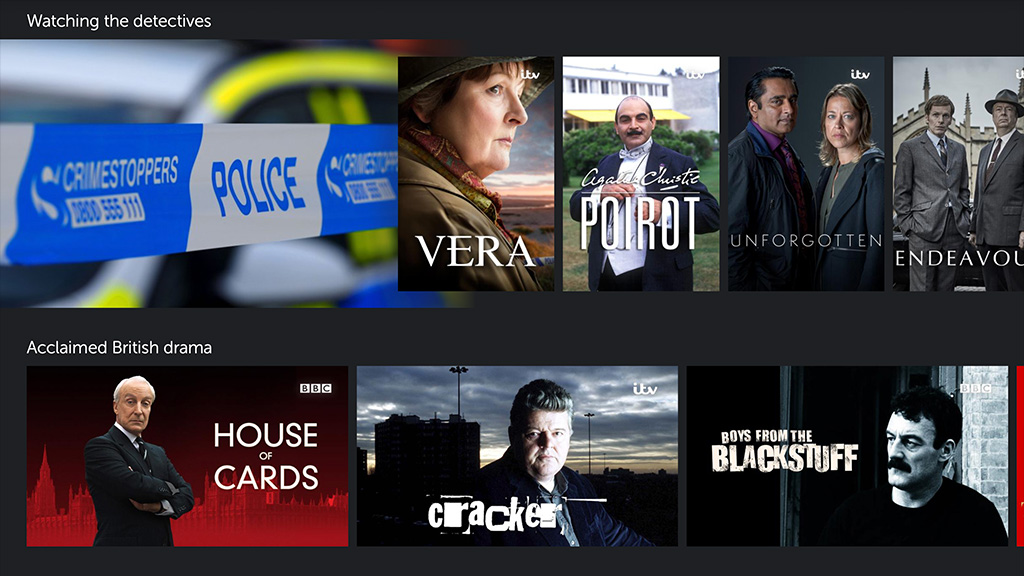BritBox has over a million subscribers in the United States after three years. It is ‘on plan’ following its launch in the United Kingdom in November 2019. Independent research suggests the picture may not be that bright. Meanwhile, public service broadcasters in the United Kingdom are reported to be considering consolidating their online offerings.
ITV, the leading commercial television company in the United Kingdom and the majority owner of the online video subscription service, revealed that BritBox has over a million subscribers in the United States and Canada. That is three years after launch in the United States. There are plans to roll it out to further countries, including Australia.
Yet a hundred-page earnings release made no mention of the number of subscribers that BritBox has achieved in the United Kingdom since its launch in November 2019.

“Our priorities for BritBox UK are growing distribution, strengthening the content offering and continuing to deliver effective marketing,” the company said. “BritBox UK will be available on 20 million UK TV screens in the spring.”
The company reported a £21 million loss on the venture in 2019, which was lower than the £25 million it had expected, although it forecast a further loss of £55 million to £65 million in 2020.
“We anticipate that BritBox UK will remain in the net investment phase for a number of years as we build its subscriber base, but in time will provide a meaningful profit stream to ITV,” the company said.
However, it has added to its risk register the possibility that “Subscribers to BritBox do not grow at the pace required to deliver the desired strategic or financial outcomes.”
Research by Oliver & Ohlbaum Associates conducted three months after the launch of BritBox in the United Kingdom found that only 1.5 per cent of over 5,000 respondents had a subscription, representing around 380,000 subscribers. A further 560,000 had tried the service but would not be be subscribing, while 100,000 had already cancelled their paid subscriptions.
Of the 5,104 respondents, 327 who had used BritBox were asked follow-up questions about their experience.
While 39% of those who had used the service reported it to be very good value for money, an equivalent percentage said that it would not keep their attention for long, while 35% aid they loved it and would remain long-term users.
58% said it was great to be able to revisit shows from the past, while 30% had forgotten how poor the quality was for television shows in the past.
Although 46% said that video streams had worked perfectly, 29% had experienced technical problems and 27% had struggled to find a way to watch that actually worked.
A net promoter score of -46 suggests that many would not recommend the service to a friend.
BritBox responded by saying that the research was based on a relatively small sample and that the majority of trialists are continuing as paid subscribers at the end of their free trial period.
ITV Hub, the free online video service from the broadcaster, has 30.8 million registered user accounts, based on individuals that have been active in the previous three years. That number is up 12% from 27.6 million the previous year.
The paid version, ITV Hub+, has over 400,000 subscribers, up over 50% over a year, paying £3.99 a month to watch programmes without adverts. That represents revenue of around £20 million a year, which is less than 0.6% of ITV annual revenues.
Long-form online viewing was up 13% to 506 million hours in 2019. That amounts to an average of 19 minutes a week per account.
In comparison, total viewing of ITV was 16.3 billion hours in 2019, down 4% on the previous year. So online viewing represented around 3.1% of the total.
ITV is reported to be engaged in strategic discussions with Channel 4 and the BBC about the possibility of a combined online video player. The broadcasters are partners in Freeview and the BBC has a 10% stake in BritBox with the option to extend to 25%, but they have hitherto pursued separate online video strategies, partly because they have different corporate strategies, although they are ultimately competing for the same viewers.
